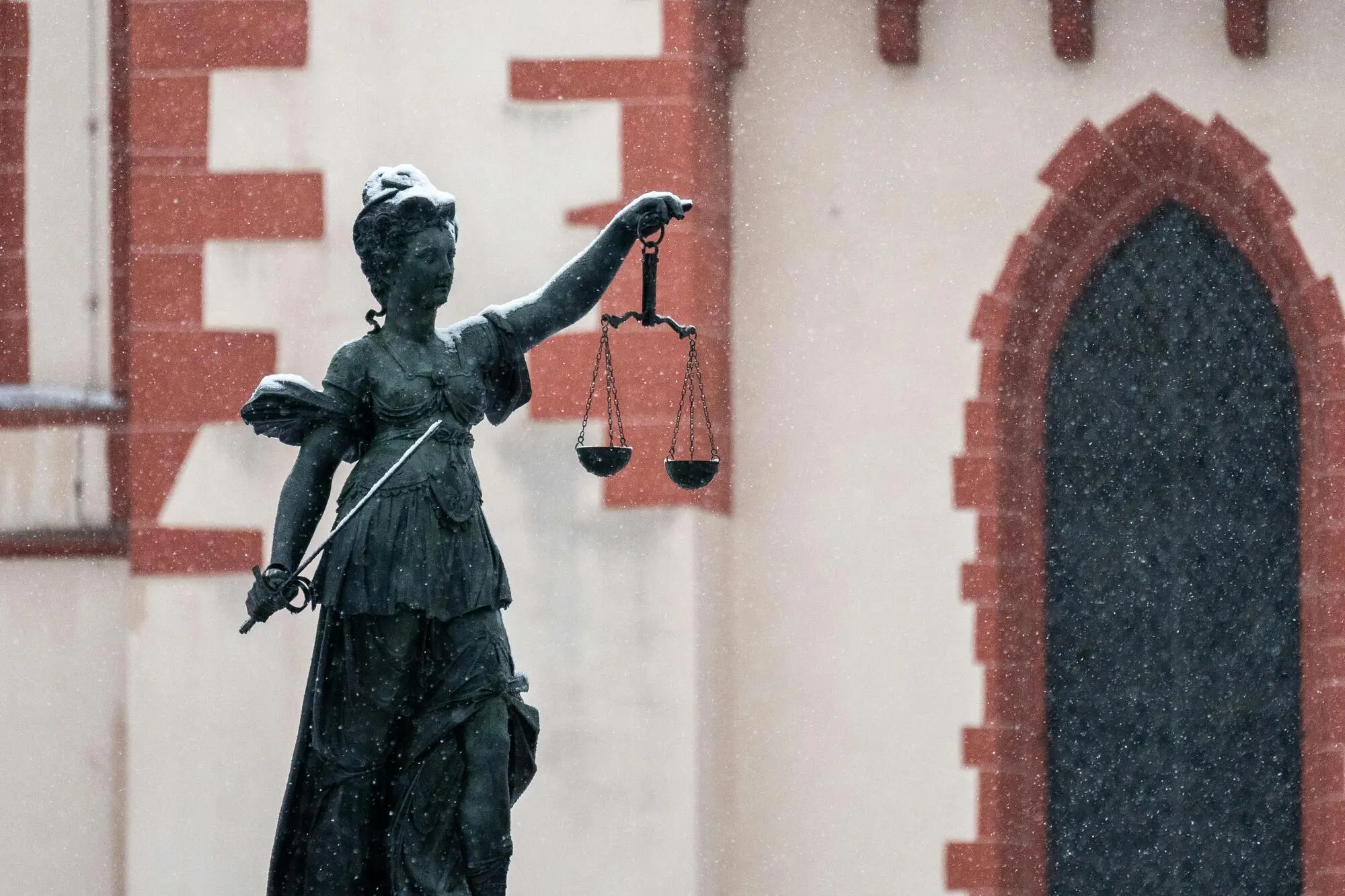Case Brief: Waldron v. Huber (In re Huber), 493 B.R. 798 (Bankr. W.D. Wash. 2013)

Need Help With Asset Protection?
Summary
In Waldron v. Huber (2013), the debtor, Huber, transferred ownership of real property to a trust that he had created. The transfer was made after Huber had been sued and a judgment had been entered against him. Subsequently, Huber filed for bankruptcy, and the trustee sought to avoid the transfer of the property to the trust as a fraudulent conveyance under bankruptcy law.
The bankruptcy court found that the transfer was made with the intent to hinder, delay, or defraud creditors and therefore was fraudulent and voidable. The court also found that the trust was a self-settled spendthrift trust, and that the transfer of property to the trust was a fraudulent transfer under state law. The Trust rolled over and settled as soon as they could with the Bankruptcy Trustee, and the assets were included in the Bankruptcy estate.
Critical Details and Longer Analysis
Background of the Case
Donald Huber and his son Kevin owned United Western Developers (UWD), a real estate investment and development company, founded in 1968. In 2007, the real estate market was crashing, and Huber would soon be unable to meet debt obligations.
Anyone working in real estate in 2007 should have seen the writing on the wall long before it came crashing down. The fact that Huber waited until the market was already in free fall to try protecting his assets is like waiting until your house is on fire to shop for insurance. The real estate crash wasn't a sudden earthquake - it was more like watching a train wreck in slow motion, giving plenty of time for proper planning.
Creation of the Trust
To avoid this, Huber hired a US-based estate planning attorney to settle an Alaska Domestic Asset Protection Trust (DAPT). He then contributed all of his profitable real estate assets along with $3 million cash into it. His son Kevin, along with the Alaska USA Trust Company, served as co-Trustees.
Bankruptcy Filing and Legal Issues
In February of 2011, he stiffed the creditors and invoked Chapter 11 Bankruptcy, with the aim of excluding the Trust assets from the bankruptcy estate. By the end of 2011, this was turned into a full Chapter 7 liquidation. The question put before the court was whether or not these Trust assets should be included in the creditor’s case.
Asset Protection Issues
The asset protection issue in this case is the use of trusts as a means of shielding assets from creditors. The case highlights the importance of ensuring that transfers of property to trusts are not made with the intent to defraud creditors, and that the trust is a legitimate spendthrift trust created for a legitimate purpose. It also underscores the risks involved in attempting to transfer assets to trusts after a judgment has been entered against the debtor.
The actions of Huber and the attorney supporting his Trust structure and asset protection plan are generously described as temerarious. Actions taken post-claim are always viewed on a fundamentally different level. The usage of a domestic Trust is a discount play for such a demanding client need. Additionally, the continued control of the client through family Trustees only works to further underscore just how doomed this plan was. Cheap solutions often bear these trademarks, and we see them again and again.
What We Would Have Done to Prevent This
1. Early and Proper Counsel
First, Huber should have received proper counsel prior to the housing market downturn. Preparation is wisdom. The belief that the good times in your business will remain indefinitely is a condition of youth and brashness, not experience and substance.
2. Proper Trust Structure
Second, the Trust structure should have been properly established both offshore and out of the legal control of the Settlor and Beneficiaries. Courts in general, and US courts in particular, continually make this very clear—if you have control of your Trust assets, whether through authority as the Settlor, as Trustee or co-Trustee, or as Protector, then in the eyes of the court, you have control of your assets, and thus are subject to contempt of court (jail time) if you do not unwind the Trust and use your authority to compel the other agents (vassals) involved in your Trust structure. The duress provision, for you and your agents, routinely fails.
3. Complex Asset Protection Architecture
Third, several jurisdictions and holding companies in the architecture of the asset protection plan may have been advisable. With a company, investments, real estate, and personal wealth, the client would have benefitted from a suitably complex, and thereby durable, string of corporate and Trust elements to add layers of protection and security.
4. Private Wealth Governance Plan
Fourth, depending on the total net worth of the assets, a private wealth governance plan would have been put in place. As Huber appears to be establishing a multi-generational firm, he would have likely benefited from a multi-generational plan. We would have utilized our resources and run a few months of CFO work on his companies and assets and proposed a new strategy of investment, cost-optimization, and year-on-year distribution strategy tailored to his needs, especially with respect to current cash flow and desired cash flow over the years.






















